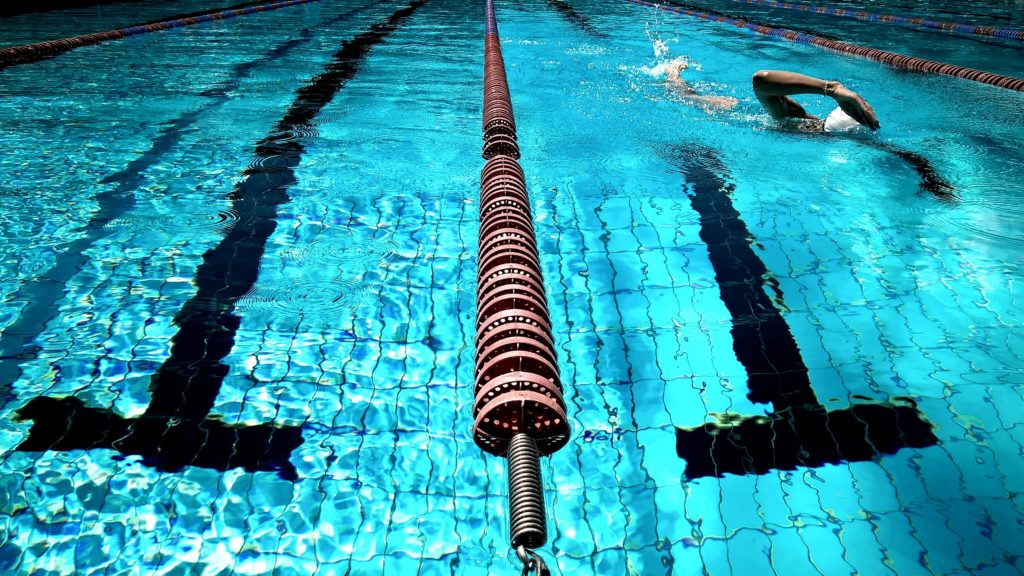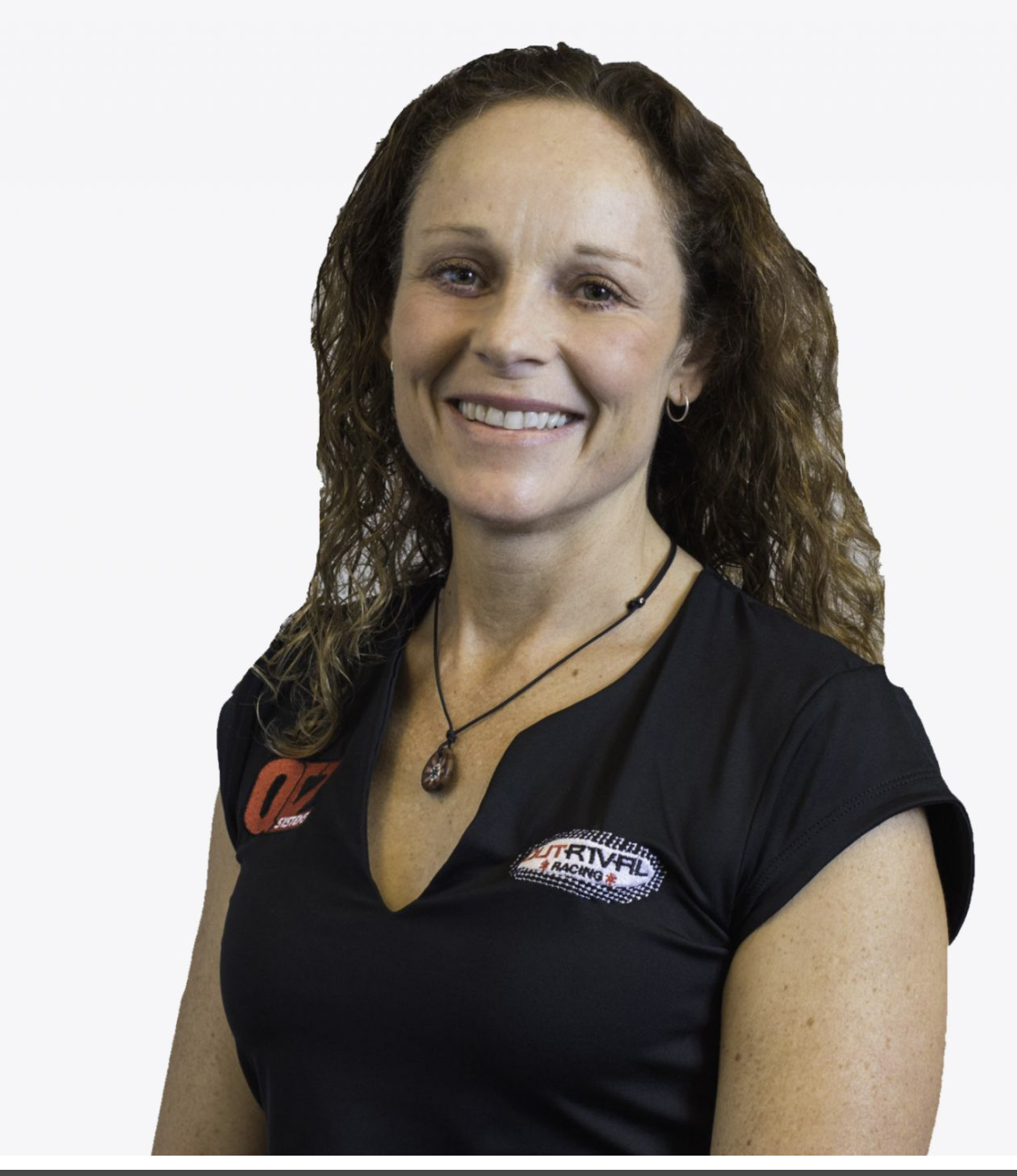Off-Season Tips To Improve Your Swim

Maybe you have just discovered the wonderful sport of triathlon and have signed up for your first race or you want to get a head start on the upcoming season? Either way, the excitement and enthusiasm of new goals to be achieved can lead us to plunging deep into the water with a mindset of “more is better”. Not that this is bad, but it all depends on what the definition of “more” is. More lengths of the pool won’t necessarily get you the results you are looking for, however, more focus on mindful swimming will go a long way towards helping you improve your swim.
In this article, I am going to discuss a sequence of recommendations on how to apply a focused approach to the off-season and help you achieve the desired results come race day.
Off-Season Tips To Improve Your Swim
Flexibility and Strength Work
Ensure that any pre-existing injuries or functional movement issues have been identified and possible root causes of problematic areas addressed through flexibility and strength work. If the body can move through the swim movement patterns correctly in a controlled environment such as in the gym or at home, then the application of function to form will help tremendously. For example: If you are lacking range of motion to extend the arm fully above the head, this will have a direct impact on your freestyle stroke when swimming. Strength work will help to maintain (or in some cases) rebuild the body to ensure that your structure remains strong. Just like building a house, making sure that the mortar that connects the bricks is strong, it is necessary to ensure that the connective tissue – the ligaments, muscles and tendons that support your skeleton, are also strong.
Form Work
This entails work on technique, and this means drills, drills, and more drills. It’s time to throw away the watch and instead the focus should be on doing the drills slowly and purposefully. Focus on drills that will work on reducing drag and increasing propulsion in the water. A good suggestion is to select 3 or 4 drills for the session and intersperse short segments of freestyle between each drill. Example: 50 drill/25 free or 100 drill/50 free. By doing so, this will help to connect the dots between the drill and the desired outcomes of the stroke. All the drills can be performed using long fins and once comfortable, they can also be performed without.
Example drills for reducing drag all focus on encouraging balance and alignment. Such drills include kicking on back, side and stomach with arms stretched in front, by the sides or single arm leading.
Adding rotation to these drills such as the 6-1-6 and 6-3-6 drill (six kicks on side, 1 kick on front, six kicks on side, etc.), single arm freestyle, the “unco” drill (where you lead with one arm and breath only to the opposite side), single hand paddle, fingertip drag, the golf drill (count strokes per length x time per length) are all examples of drills that focus on rotation and reach and work to increase propulsion.
Frequency
Keep sessions short, and if possible, get in the water more frequently. Doing shorter sessions more often such as 4 sessions x 30 min vs 2 sessions x 60 min equals the same total volume of 2 hours of swim time for the week. The benefit of the frequency is that the body does well to remember what it needs to do when it is not fatigued. Swimmers often talk about “the feel of the water” which comes with being in the water frequently.
Fast and Short
Learning to go fast before building duration and durability is appropriate in swimming, yet in direct contrast to running where I would not necessarily recommend this approach. Swimming is a very technique focused activity and is gravity free. Short, fast sets will help engrain the patterns that are being practiced. Examples might include 10 x 25m or 10 x 50m with adequate recovery between each repetition. Focusing on long sets for the endurance benefit will tend to cause the body to revert to bad form habits especially once fatigue sets in. If the concern is that you are competing in an event that you aren’t sure you can do the swim distance, my advice is at this time to not worry. The efficiencies gained by the type of work that you are doing in the pool combined with the additional bike and run training will provide the endurance you need come race day. Maybe you can already run 3 miles, this is a lot longer than the endurance needed for a 1000 yd swim… what’s holding you back is the technique and not the endurance.
Field Testing
Establish benchmarks to help you gauge where you are at any given time and to see if you are making the desired progress. A good test at this stage is to time a 50 meter and a 200-meter maximal effort and retest every month. Additional benchmarks can be established to include number of strokes per length x time completed (example 15 strokes x 25 seconds = score of 40), average time for 5 x 100m with 15 seconds rest between each repetition, time for a 100m pull or kick only, or no kick. The tests are limitless and can help provide motivation and guidance as to where opportunities may still lay.

Karen Allen Turner is a coach for QT2 Systems and has been involved in the sport of triathlon as both a participant and a coach since 1986. She was as a regular national presenter for USA Triathlon from 2014-2020, and was elected as the Team USA Coach for 2016 and 2018. As an athlete, Karen has been a member of Team USA, representing the US at the ITU World Championships Worlds in both the Sprint and Olympic distances. Karen competed in the Ironman World Championship in Hawaii in 2016.









